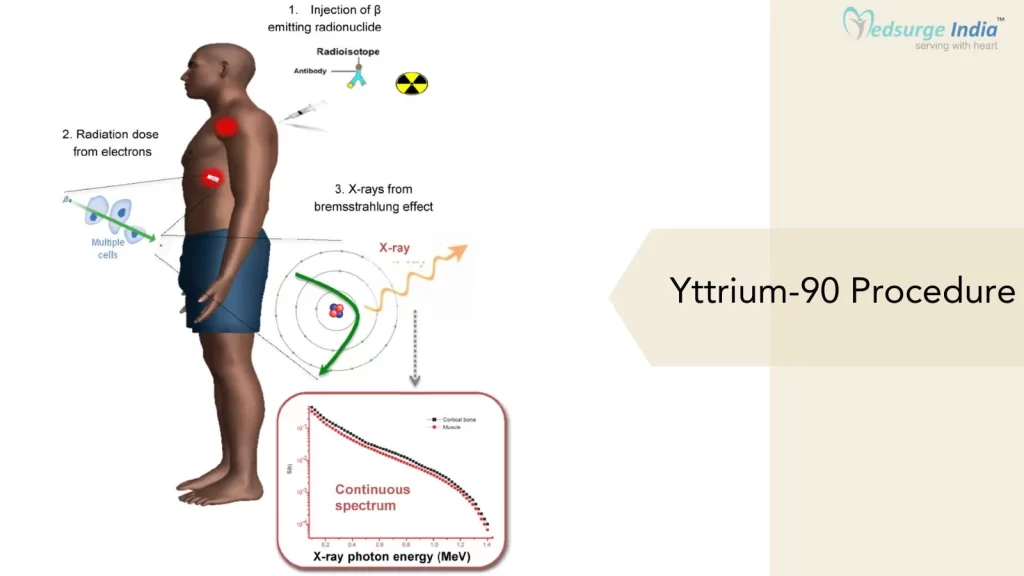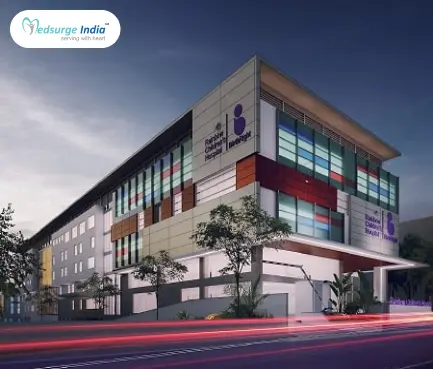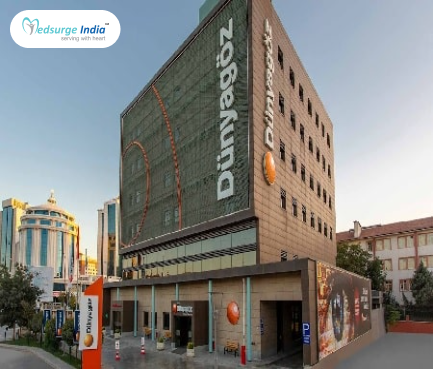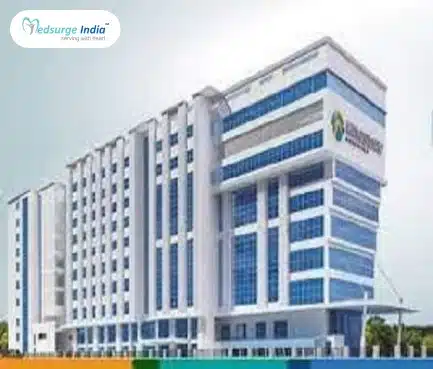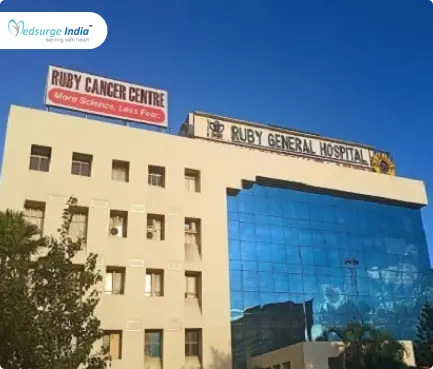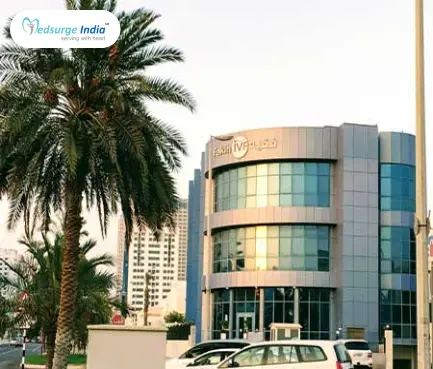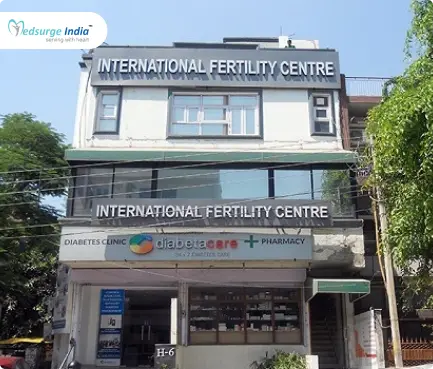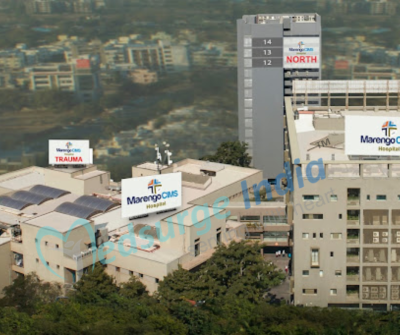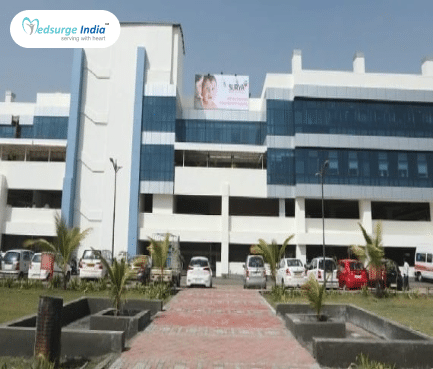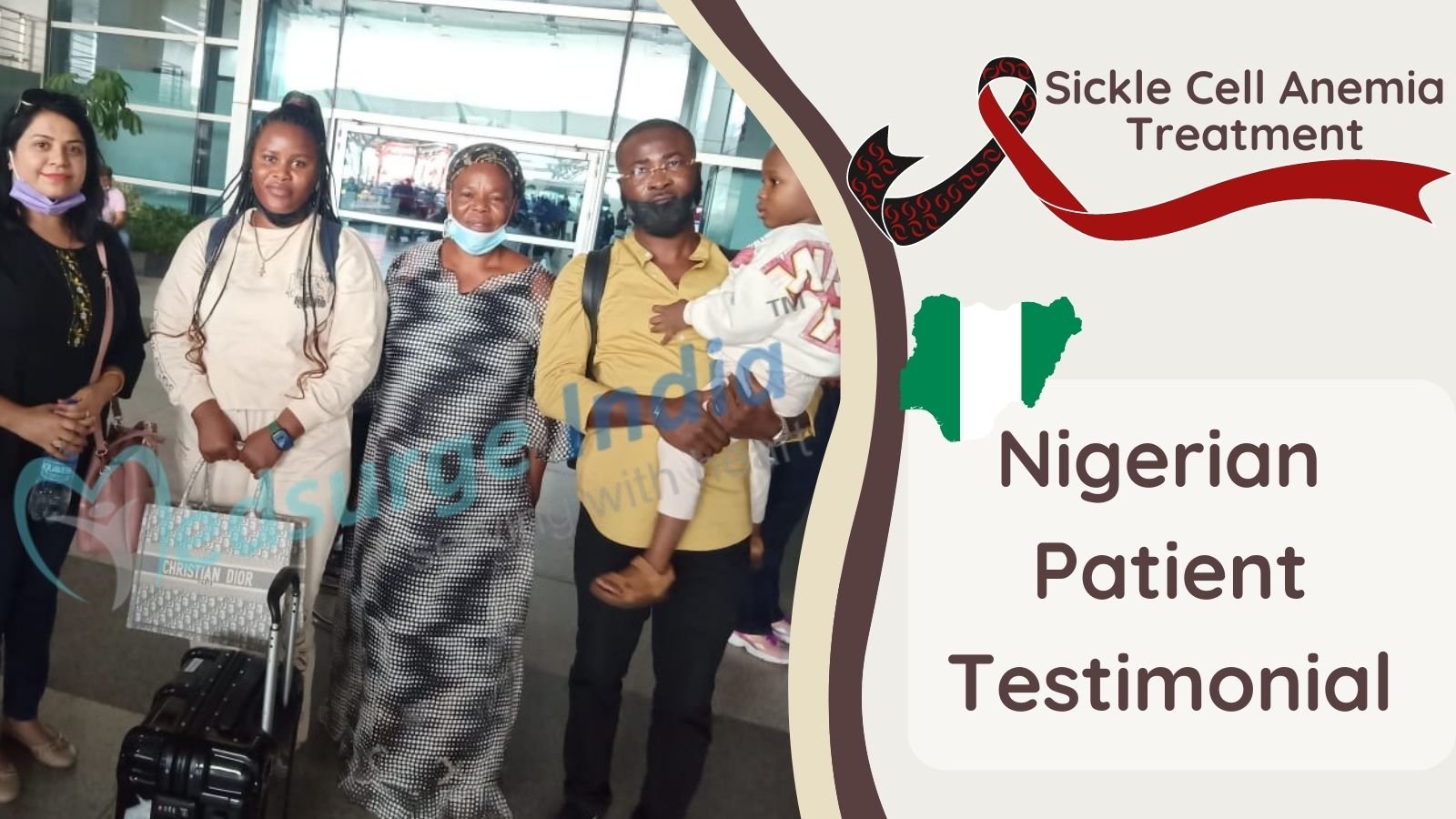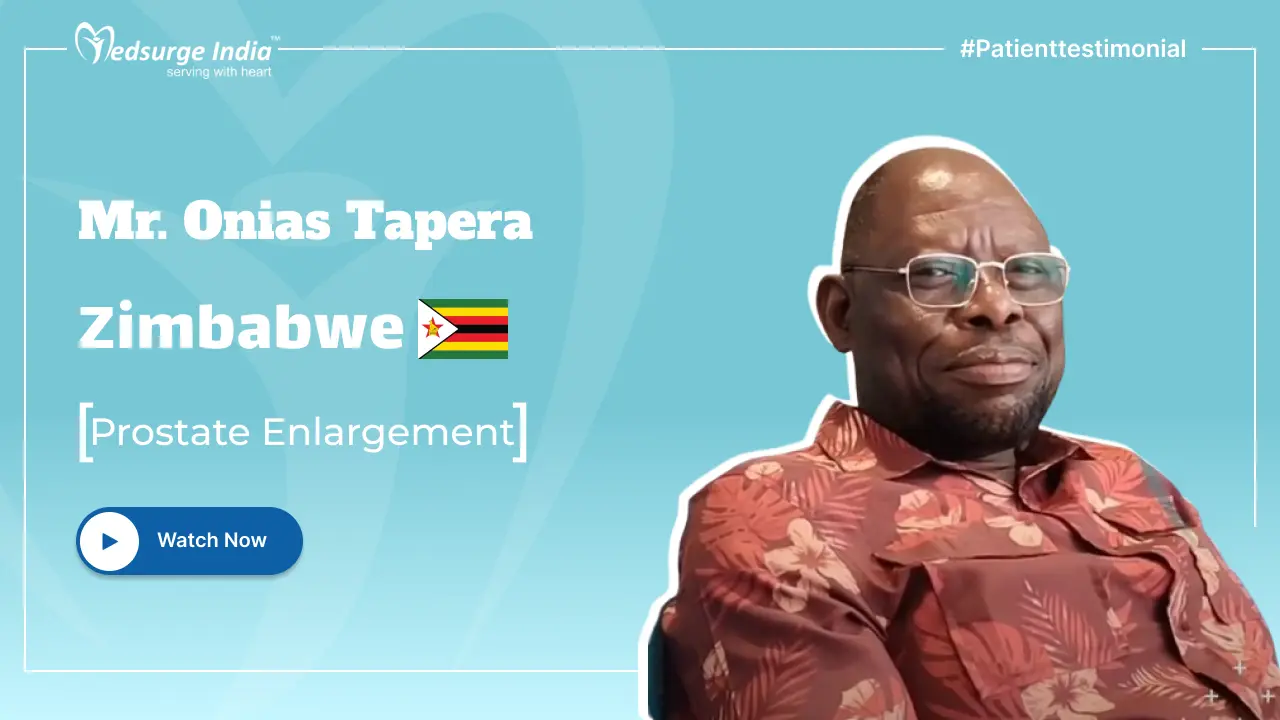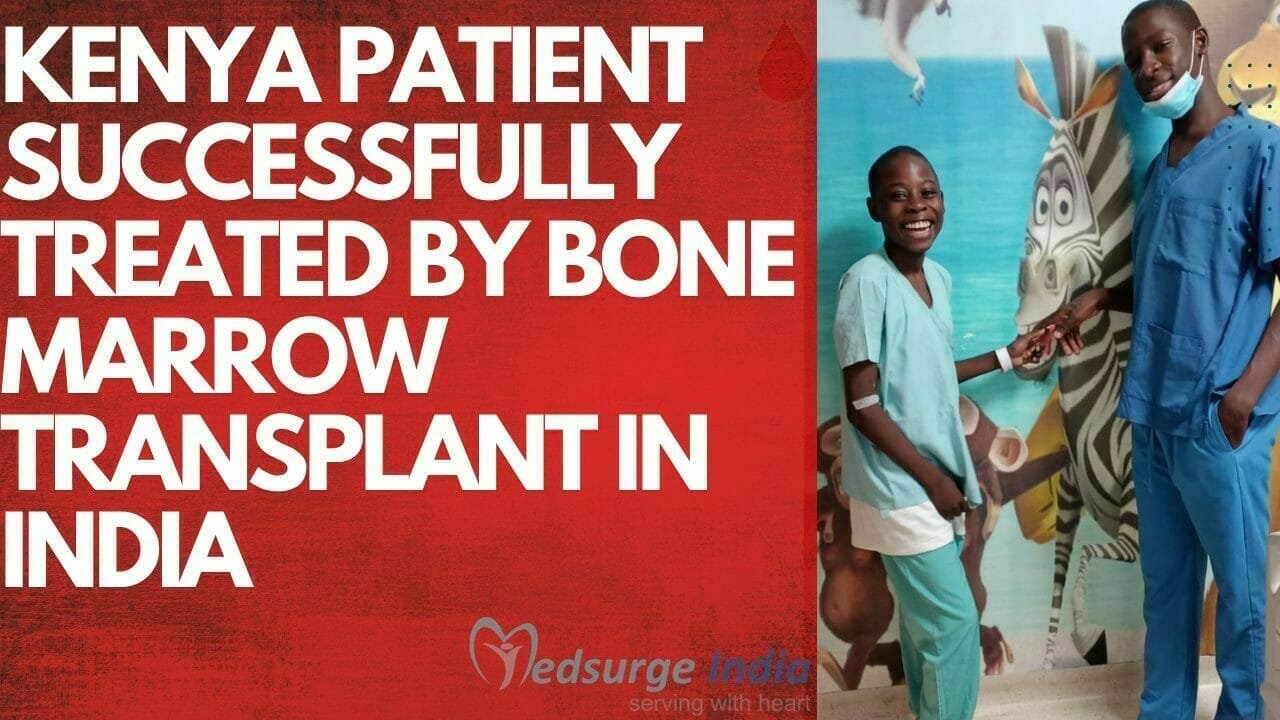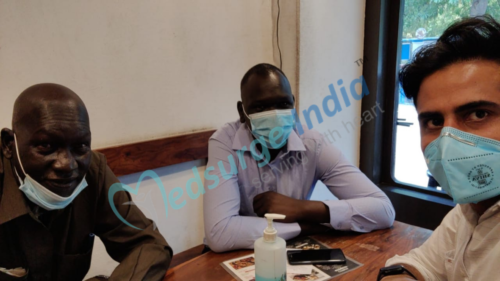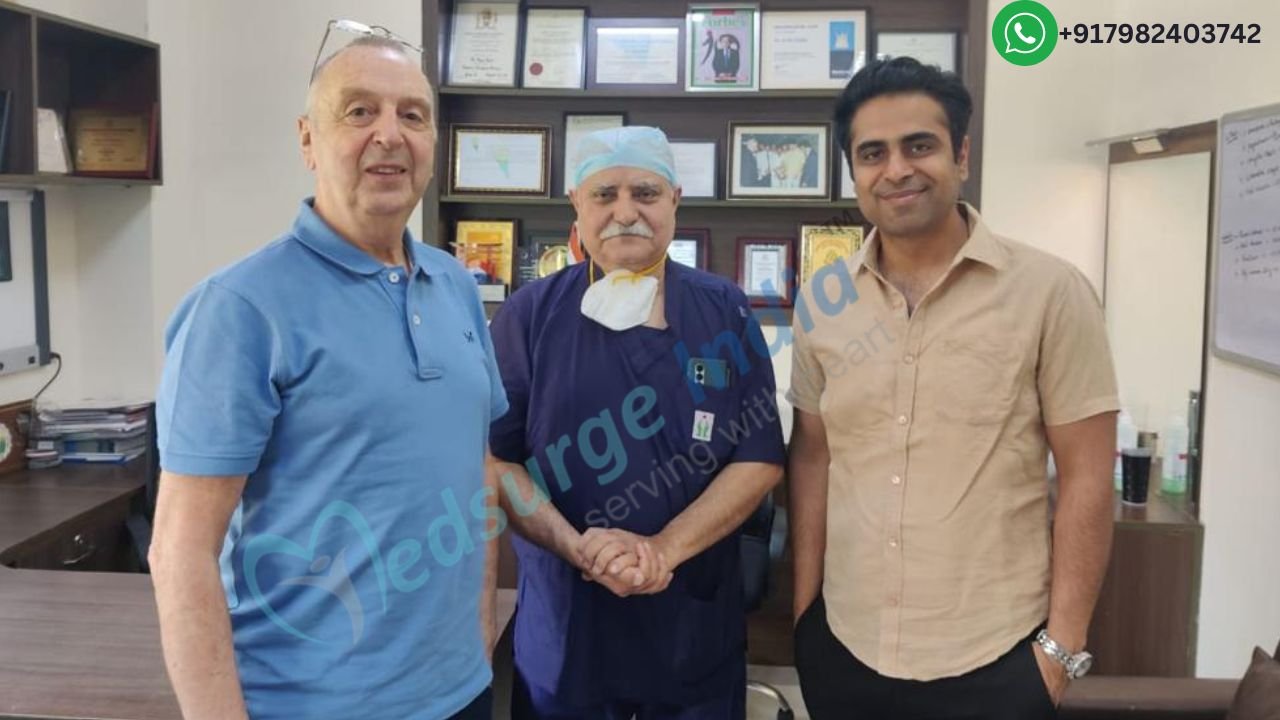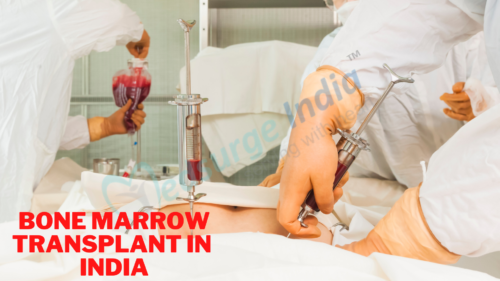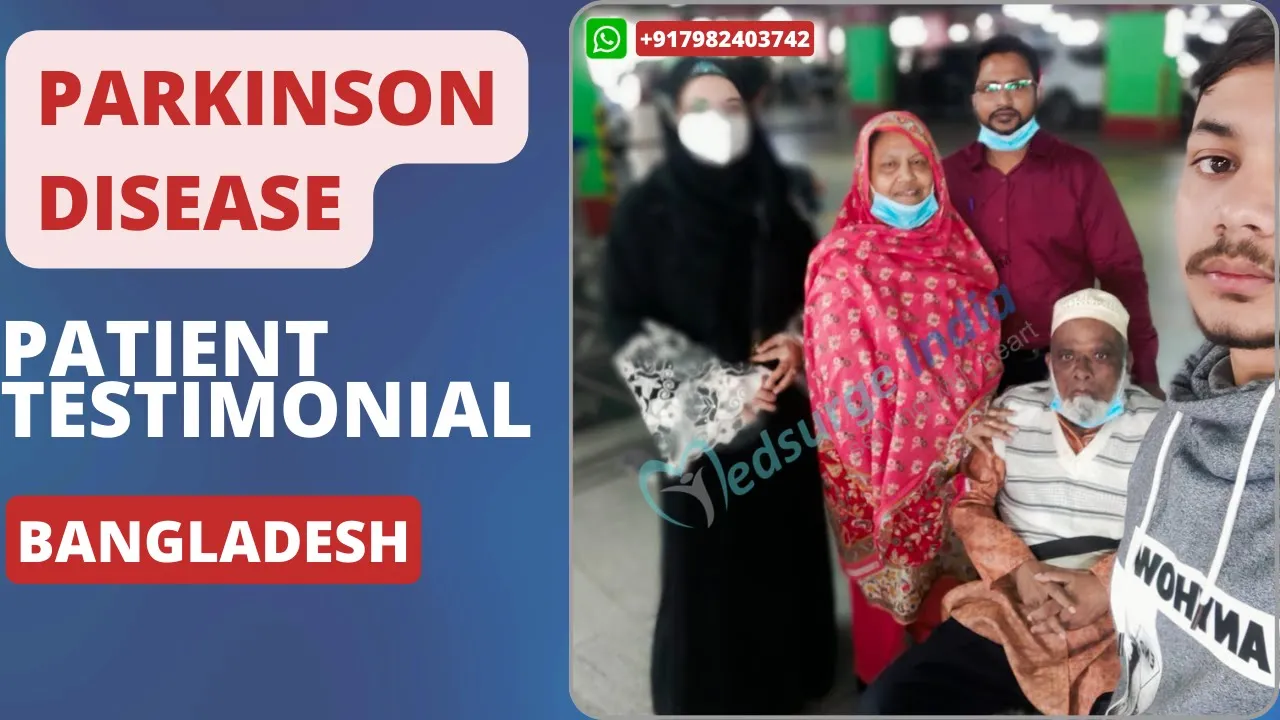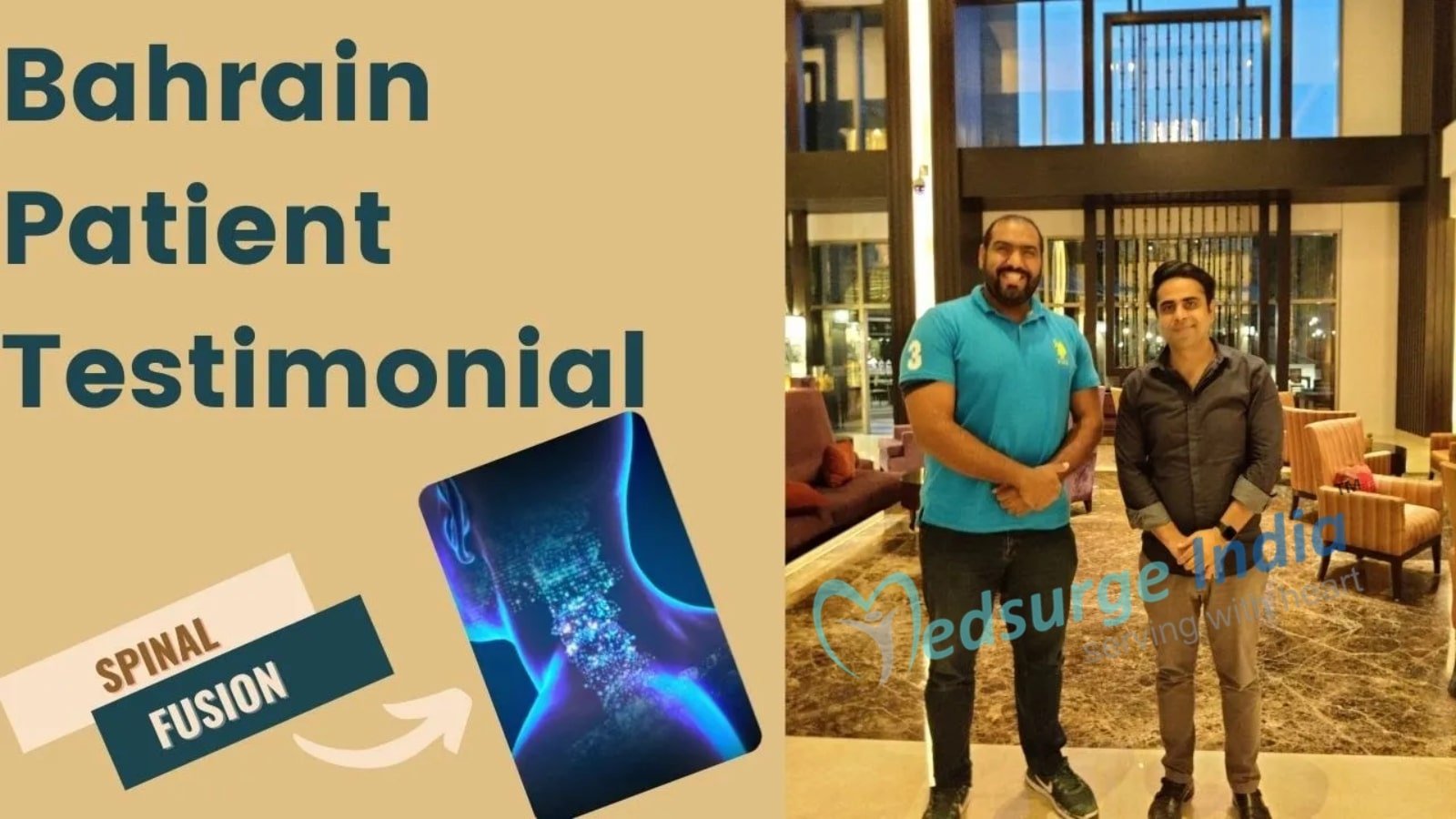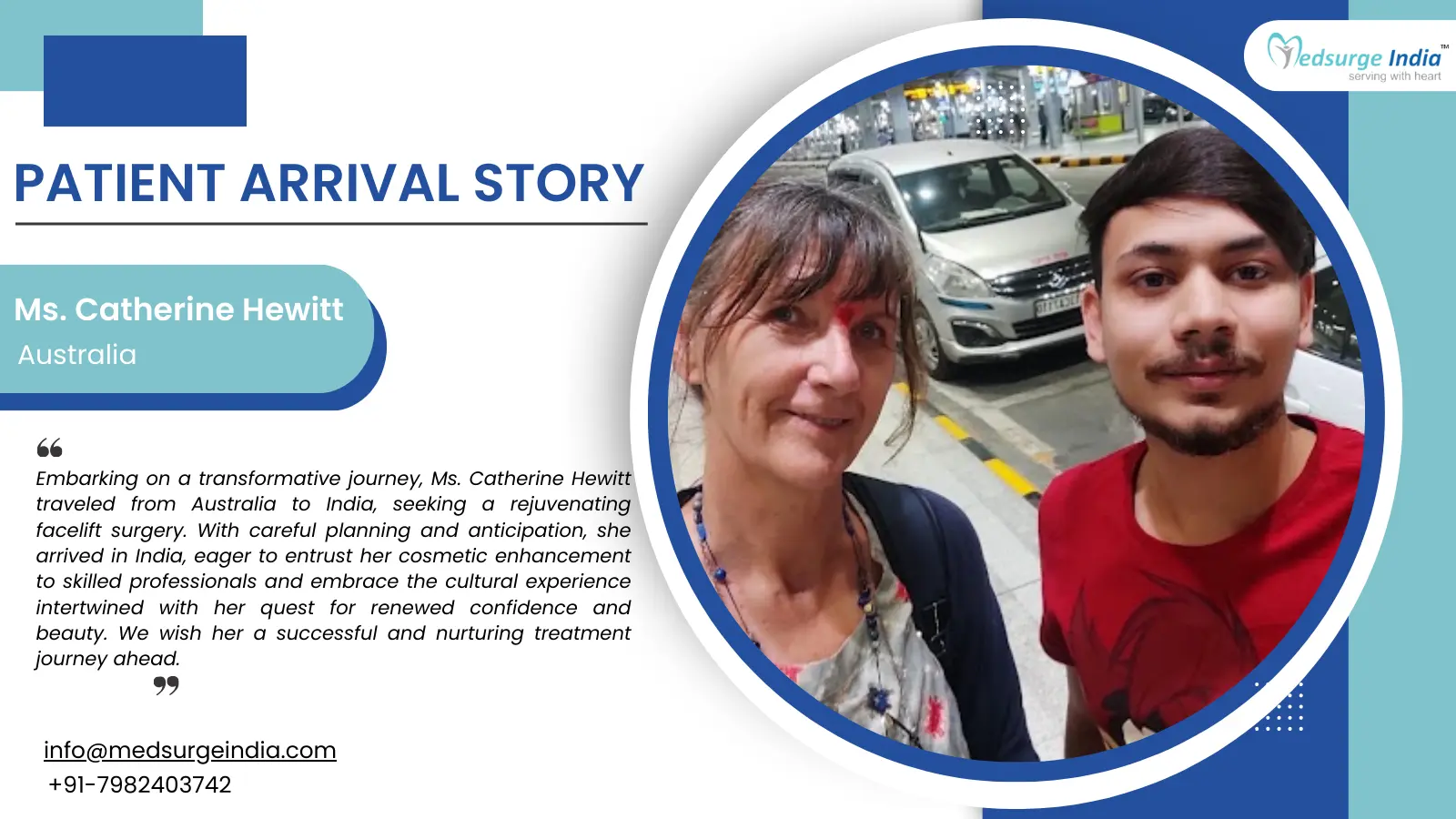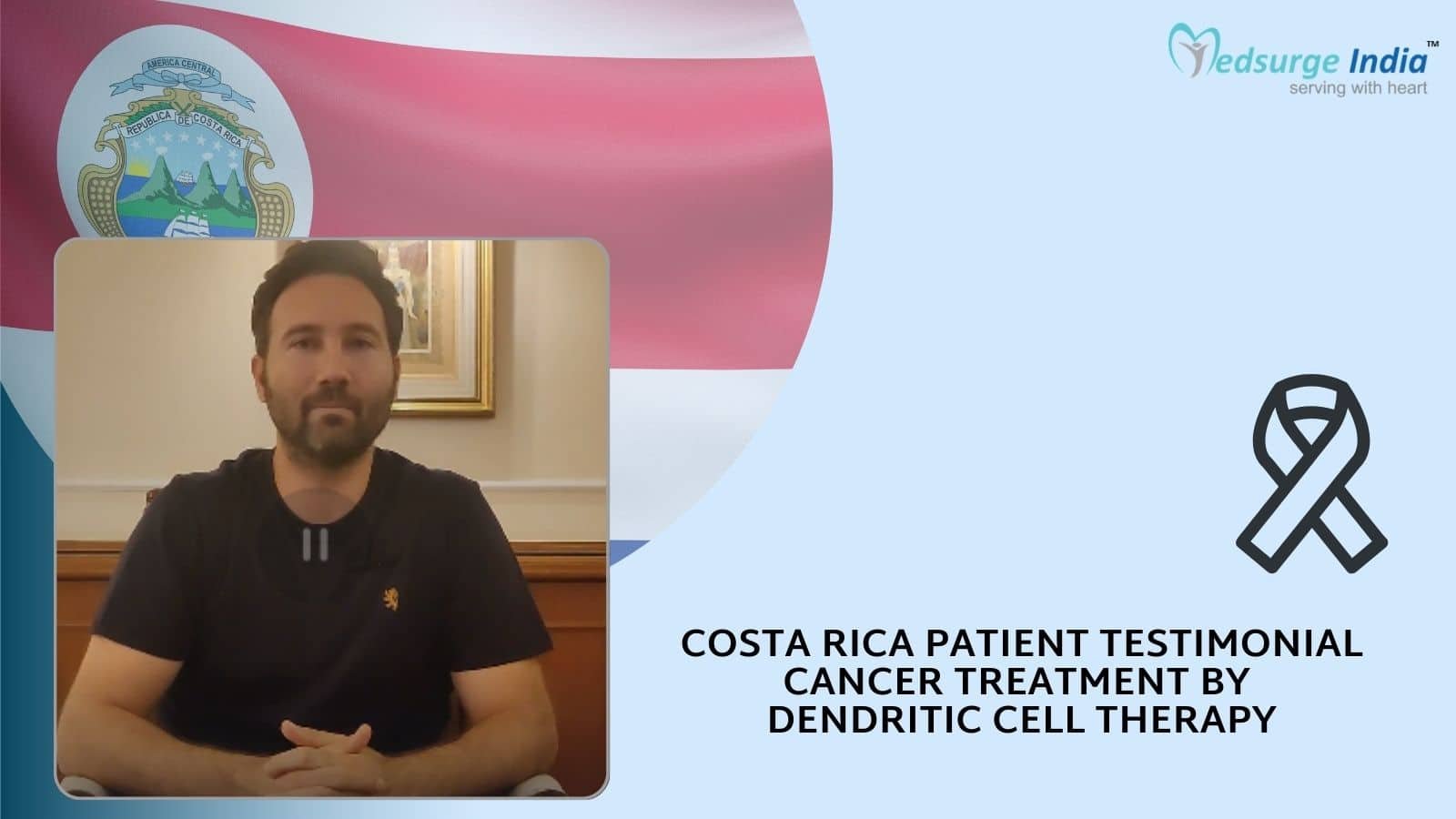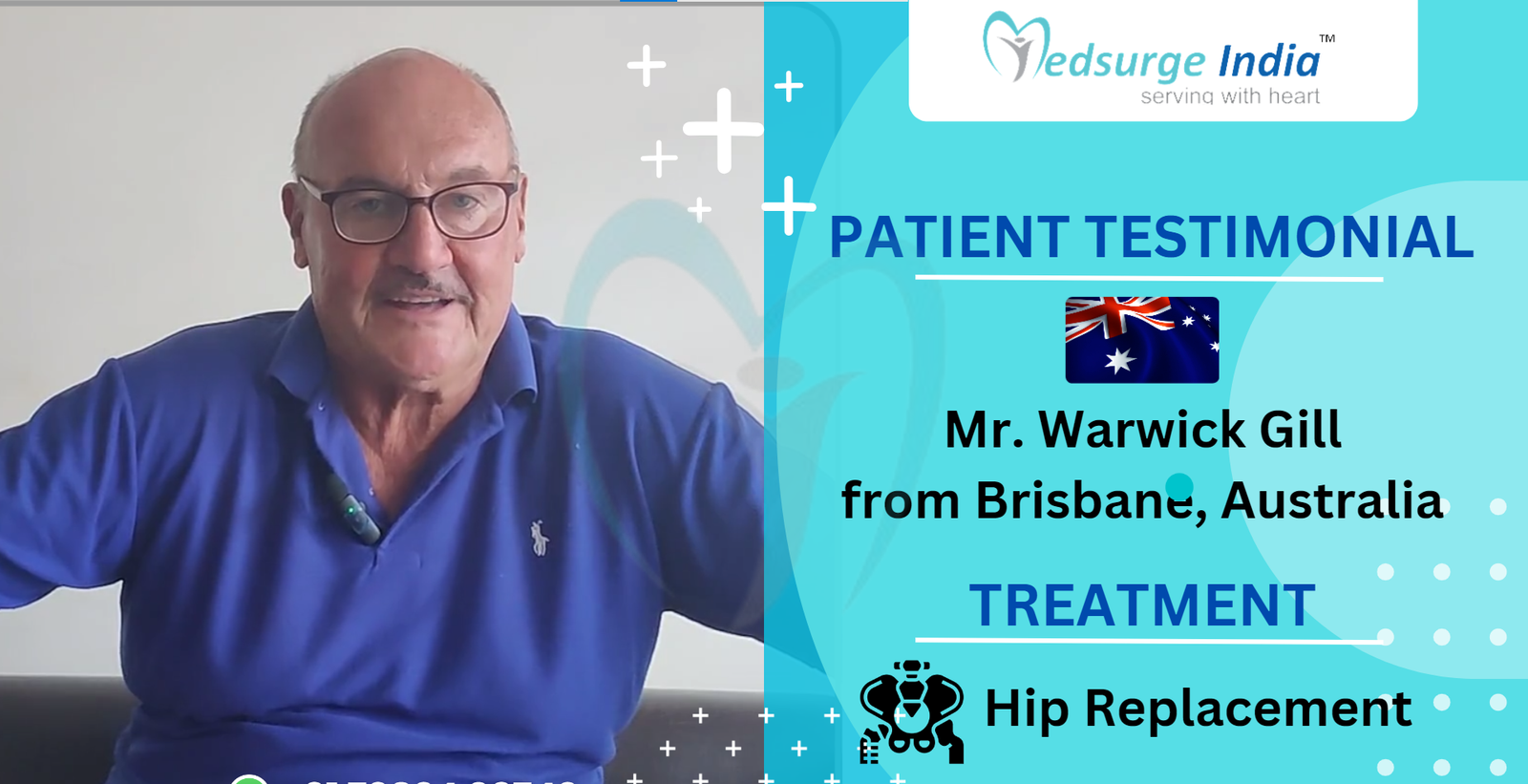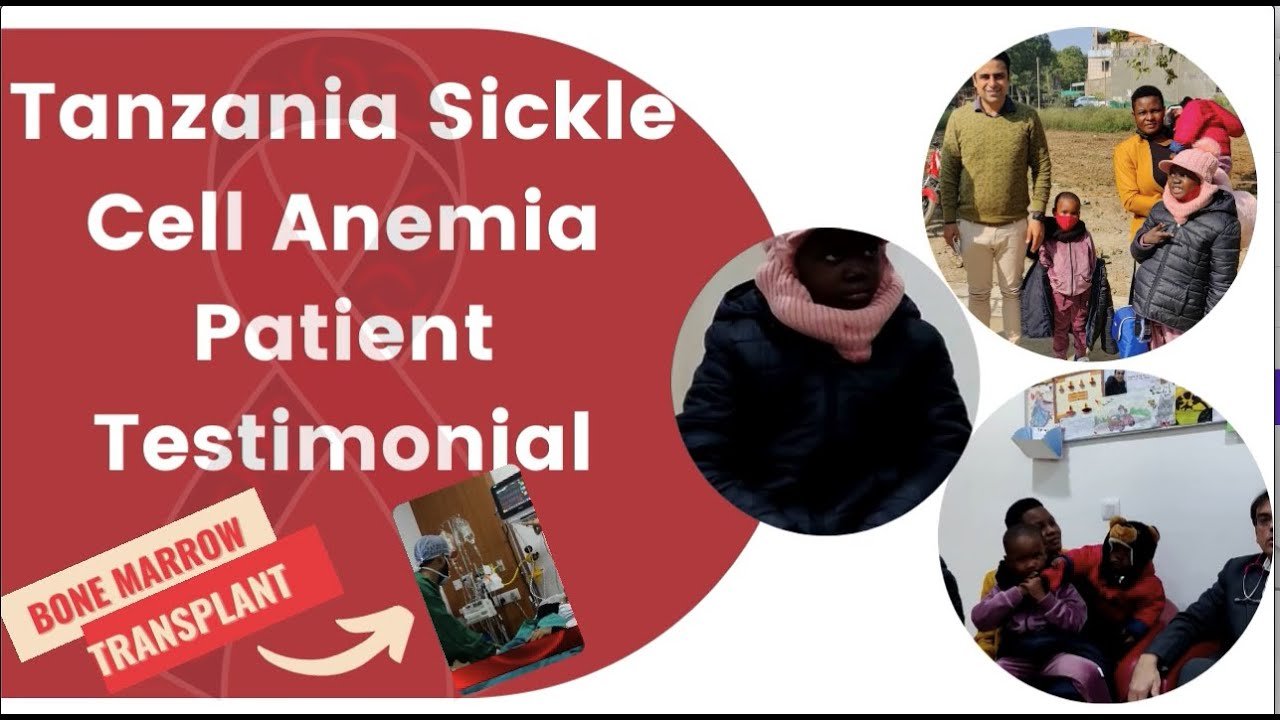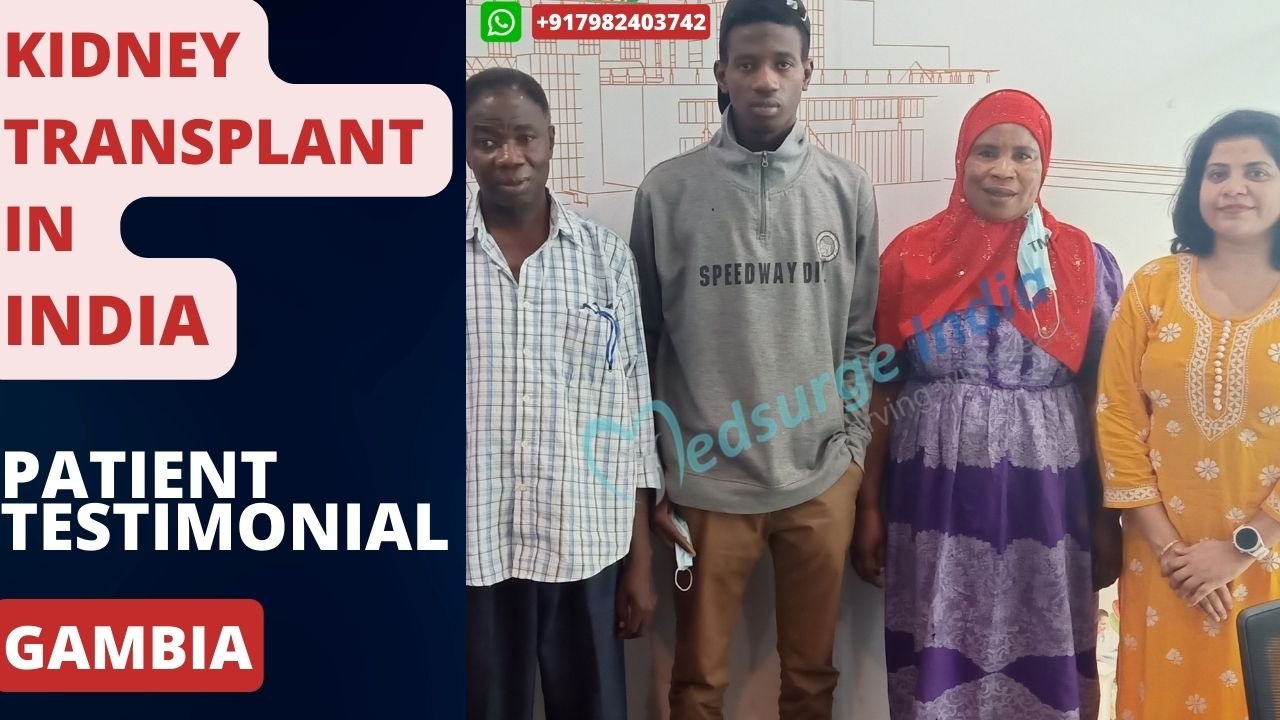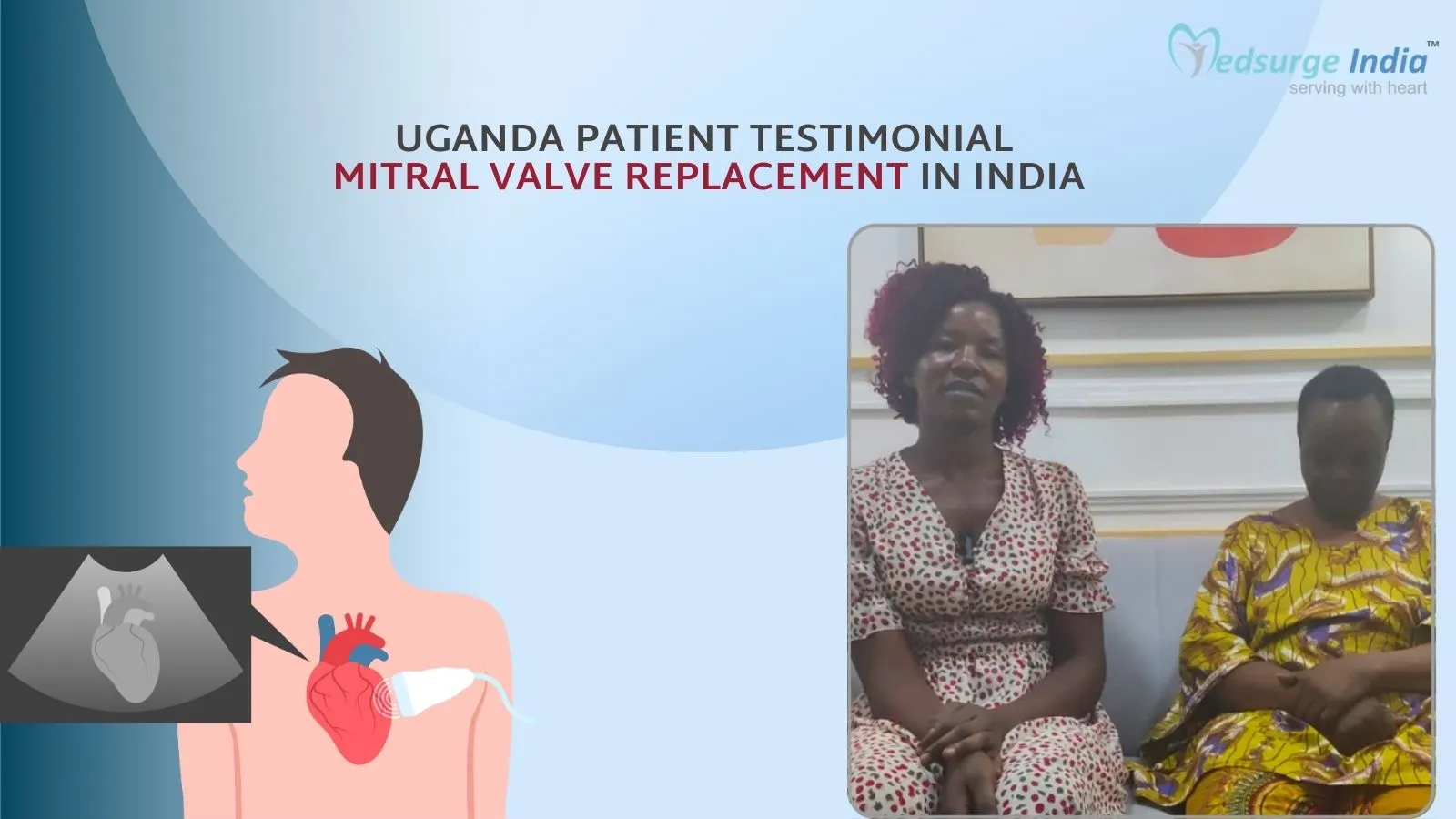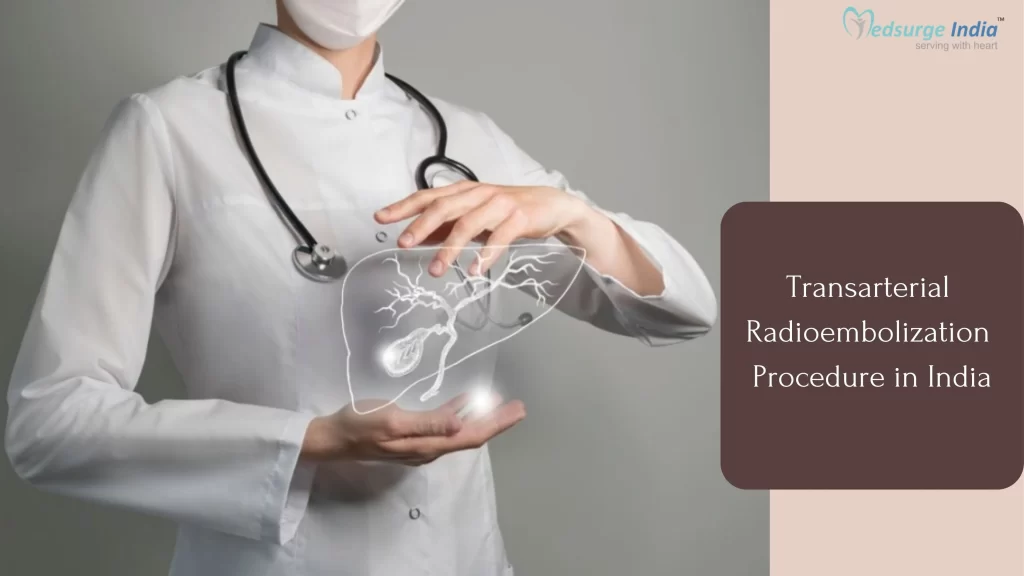
Transarterial Radioembolization (TARE) is an innovative treatment that combines radiation therapy and embolization to treat liver tumors. TARE is a minimally invasive method that includes injecting Yttrium-90-filled beads into blood arteries that reach and nourish the growing tumor.
Transarterial Radio Embolisation (TARE) Procedure in India is a treatment for people with liver cancer, also known as Hepatocellular Carcinoma (HCC). TARE is a minimally invasive treatment that incorporates a Transcatheter intra-arterial procedure carried out by India’s Best Interventional Radiologist.
When compared to other developed countries, the Cost of Transarterial RadioEmbolization Procedure in India is relatively affordable. The total treatment cost plan varies as per the experience of the radiologist as well as type and severity of the tumor.
What Is Transarterial Radioembolization (TARE)
TARE is a transcatheter intra-arterial procedure used to treat primary and secondary liver cancers by interventional radiologists. During the TARE procedure, the radioactive material is delivered directly into the liver tumor via the hepatic artery using a catheter placed into a peripheral artery. The injected radioactive substance deposits in the tumor tissue and then emits radiation locally, causing tumor cells to perish.
The radioactive material included within the beads gives high doses of radiation to cancerous cells while avoiding normal tissues. This treatment is beneficial for patients who have numerous or inoperable liver tumors. However, it should be noted that TARE Therapy in India is a palliative treatment: it enhances and prolongs the patient’s life but does not cure the condition.
This procedure is known as Transarterial Radioembolization with yttrium-90 (TARE-Y90). TARE Procedure in India can be useful in the following situations:
- TARE is considered for patients with unresectable HCC and a survival expectancy of at least 3 months.
- Patients with HCC that is specific to the liver and accounts for less than 70% of the liver volume.
- Patients who are unable to undergo surgery or other types of treatment.
- TARE can also be used as an alternative to ablation and helps in the resection of stage-A tumors.
- It has a promising treatment impact, especially in individuals with significant vascular involvement.
Why Is Radioembolization Done
Radioembolization can be used to:
- Reduce the size of a tumor to make removal easier.
- Kill cancer cells or decrease cancer growth to give a youngster more time to wait for a transplant organ.
- Assist in relieving symptoms.
Radioembolization in India is delivered through a blood vessel to the liver tumor. The radioactive substance does not travel through healthy tissues to reach cancer cells, as it occurs in other types of radiation therapies.
Radioembolization can be administered together with other treatments like chemotherapy and surgery.
Who May Need to Undergo a TARE Procedure in India
TARE Therapy in India is only a palliative treatment. It may help to prolong the patient’s life and enhance overall quality of life, but it cannot cure the liver tumor. An oncologist may recommend TARE therapy in the following situations:
- Patients who are unable to have surgery or a transplant.
- Patients with primary or metastatic hepatocellular carcinoma (HCC).
- Patients who have cholangiocarcinoma.
In particular circumstances, the patient may be advised against receiving treatment. These include:
- Patients who have extensive liver or kidney disorders.
- Patients suffering from unconventional blood clotting.
- Patients suffering from bile duct blockage.
TARE Procedure Cost in India
Affordable TARE Procedure Cost in India starts from USD 25,000. The costs involved are determined by a variety of factors, including:
- The hospital’s type and location.
- The stage, type, and spread of liver cancer.
- Overall patient condition.
- Experience of the oncologist, radiologist, and surgeon.
- Cost of hospitalization and further imaging procedures such as CT scans.
Get Free Cost Estimation
Procedure
What is the Procedure to Undergo Trans arterial Radioembolization in India
Before the Procedure
- The doctor will schedule a consultation with the patient before beginning TARE Treatment in India. Previous test findings, such as CBC, LFT, Serum Creatinine, PT/INR, and so on, will be requested of the patient. During the appointment, a new CT angiography will be performed.
- The day and time of the procedure will be determined following a successful consultation.
- Before the procedure, the patient will be required to follow a few procedures:
- Follow the doctor’s prescription schedule.
- Avoid using blood thinners such as aspirin.
- Follow a diet specified by the doctor.
During the Procedure
- Before the mapping operation begins, the patient will sign a consent form with information regarding TARE treatment.
- A hepatic angiography will be performed by an Interventional Radiologist in India to visualize the arterial anatomy inside the liver and coil the arteries that lead to healthy organs and tissues.
- During Hepatic Angiography in India, a catheter will be placed through a small puncture in the patient’s groin. Tc99m AA will also be injected by the interventional radiologist, which will help in replicating the precise diffusion of TARE particles in the liver.
- The patient will be discharged from the hospital and given another appointment in about a week.
- During this time, the interventional radiologist and nuclear medicine specialist will review the scans and imaging results to determine the dose of Y-90 to be administered within the patient’s body.
- The radiologist will use the same catheter and put it into the hepatic artery for the second round of the procedure. TARE particles are injected into the hepatic artery that leads to the tumors. These microspheres are made of glass or resin beads and contain Yttrium-90, a radioactive substance that targets and destroys cancer cells gradually.
- Depending on the location and severity of the tumor, this treatment normally takes 3 to 4 hours.
After the Procedure
The patient will be hospitalized for 4-5 days following the procedure. This is important because the patient must be placed in radioactive isolation to protect others from unwanted radiation exposure.
What Are the Advantages of having a TARE Procedure in India
- Transarterial Radioembolization Procedure in India allows patients with complex or inoperable liver tumors to live for many months to several years longer. It also sets the path for an improved way of living.
- In comparison to other radiation therapies, radioembolization has fewer severe side effects.
- TARE doesn’t require any surgical incisions. A surgeon may make a small incision around the groin to place a catheter.
- Radioembolization produces more radiation than any other external beam therapy.
What Are the Risks Associated with Transarterial Radioembolization in India?
Problems are not common, however they do occur on occasion. They may include the following:
- Infection, hemorrhage, or blood vessel damage at the location where the catheter was inserted into the groin, as well as damage to other parts of the body (such as the lungs, stomach, colon, or pancreas) if the radiation moves beyond the targeted area.
- Difficulties with the liver or gallbladder.
- An allergic reaction to the contrast dye used to examine the blood arteries or a kidney disease.
- Leukopenia is characterized by a decrease in the number of infection-fighting cells in the blood.
- thrombocytopenia is characterized by a decrease in the number of blood clotting cells (platelets).
What is the TARE Procedure’s Success Rate in India
The TARE Procedure’s Success Rate in India is determined by a number of factors, including:
- The stage of cancer in the liver
- The tumor’s size
- The progression of liver cancer
- The patient’s overall condition
As a result, the TARE treatment is highly personalized, so are the results. A team of qualified and skilled medical oncologists, radiation oncologists, and surgeons work together in Best Liver Cancer Hospitals in India to follow the finest protocols for effective recovery and results for each patient.
How Can Medsurge India Help?
Medsurge India is a recognised support system for patients in need of doctors, hospitals, and specialized treatments. We’ll figure out the best medical solutions for you. Regarding your medical challenges, our team will provide you with a list of doctors and hospitals who are certified, respectable, and trusted. In addition, we provide a treatment plan that meets your budget. Aside from that, we help patients secure travel authorizations, medical visas, and many different kinds of requirements.
The Most Important Frequently Asked Questions
Q: What Is the Procedure for Transarterial Radioembolization?
A: This technique involves the selective intra-arterial delivery of microspheres containing a radioactive substance (often Yttrium90), which has a therapeutic effect due to the radiation transported by these microspheres.
Q: Is Embolisation a Painful Procedure?
A: The majority of patients report discomfort at the location of the puncture. This usually only lasts a few days. Post-embolization syndrome, which includes fever, nausea, and vomiting, affects certain patients. It can happen with any embolisation operation, but uterine artery embolisation is the most common.
Q: What Are the Side Effects of Tare?
A: TARE toxicity It is characterized by exhaustion, nausea/vomiting, abdominal pain, and loss of appetite/weight loss, and its prevalence ranges from 20% to 70%, peaking in the first two weeks after TARE treatment.
Q: What Are the Different Types of Embolization?
A: Types of embolization are arterial embolization, chemoembolization, and radioembolization.
Q: What Is the Substance Used in the Embolisation Procedure?
A: Embolisation coils come in a variety of shapes and sizes and create permanent vascular blockage akin to surgical ligation. Coils are typically constructed of stainless steel or platinum.
Top Hospitals for TARE Procedure in India
Top Doctors for Nuclear Medicine Therapy
Dr. Vineet Pant
MBBS, DNB, FEBNM, Fellow Theranostics
Experience:
Fortis Memorial Research Institute, Gurgaon
Gurgaon, India
Dr. Ishita B. Sen
Director
Experience: 22 years of experience
Fortis Memorial Research Institute, Gurgaon
Gurgaon, India
Dr. Promila Pankaj
Consultant
Experience: 25 Years
Max Superspeciality Hospital, Shalimar Bagh, New Delhi
New Delhi, India
Dr. Subha Shankar Das
MBBS, DNB, Senior Resident
Experience: 9 years of experience
Fortis Memorial Research Institute, Gurgaon
Gurgaon, India
Dr. Pankaj Dougall
Director
Experience: 35 Years
Max Super Speciality Hospital, Saket, New Delhi
New Delhi, India
Dr. Parul Thakral
Ph.D, M.Sc., Clinical Research Officer
Experience:
Fortis Memorial Research Institute, Gurgaon
Gurgaon, India
Dr. Dharmender Malik
DNB, MNAMS, FANMB
Experience:
Fortis Memorial Research Institute, Gurgaon
Gurgaon, India

